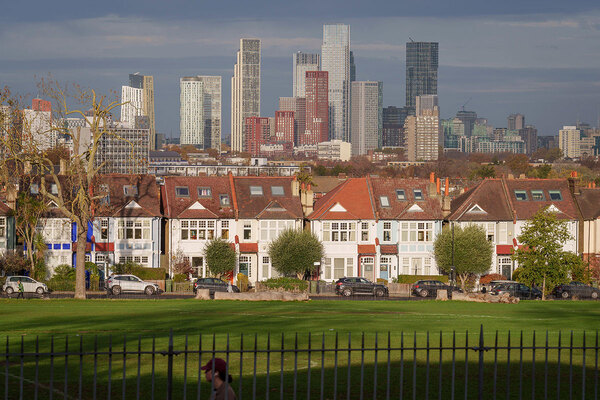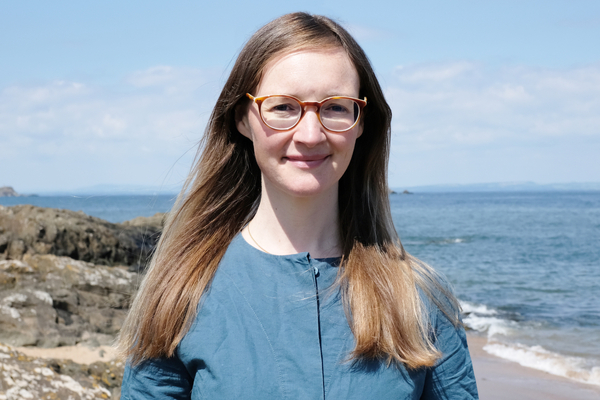The challenges and impact of a major home energy upgrade scheme
Data, partnerships and customer engagement are crucial to decarbonisation, writes Samantha Tullock, assistant director of strategic works at Believe Housing
The right thing to do isn’t always easy. When Believe Housing began the journey to net zero in 2020, we faced a significant challenge: 12,000 of our 18,400 homes were rated EPC D or below.
With government targets on the horizon and the benefits for customers clearer than ever, we’re now advancing one of the largest social housing decarbonisation programmes in the country.
The importance of data analysis
From the start, it was evident we needed to tackle our data. As a new housing association, formed in 2019 from three previous landlords, some of our information wasn’t up to date. Different surveying regimes, systems and data cloning during previous stock transfers created a complex challenge.
To lead the transition to net zero, we established a new environmental team. By using continuous surveys, a new system and dedicated resources to analyse the data, we gained a clear understanding of the energy performance of each home and could then plan the necessary upgrades.
Working together
To meet our 2030 and 2050 targets, we must be both ambitious and realistic. Decarbonisation at this scale is expensive, and government support has been vital in enabling us to achieve more than we could alone. Our approach to bids is simple: “Go big or go home.”
Collaboration with contractors has been key. We view them as partners, not just contractors, which helps us to understand their capacity to deliver and ensures our plans are realistic.
Through consortiums with local authorities and other housing providers, we secured £10.26m from the first two waves of the Social Housing Decarbonisation Fund (SHDF), contributing to £18.8m in home energy efficiency upgrades. As the current programme nears completion, we’re on track to complete works on 3,390 homes.
Thinking ahead
Delivering simple measures at scale has been essential to this success. Under the SHDF scheme, more than 10,000 individual measures have been installed, including loft and cavity wall insulation, solar panels and energy-efficient lighting. Each home has undergone a ventilation assessment, with half now fitted with Positive Input Ventilation systems to improve the living environment, and reduce the risk of damp and mould.
We are future-proofing our investment to support the next stage of the net zero journey. Energy efficiency measures have been incorporated into our wider investment programme, and we’re exploring opportunities to switch to low-carbon heating where possible. Every new roof now includes solar panels, and we are exploring options on how to replace gas boilers with air source heat pumps during void works.
Customer engagement
When we reached the 3,000-home milestone, we assessed the broader impacts of this work. Warmer homes are healthier homes and more affordable to run. By upgrading 3,000 homes, the improvement to residents’ lives equates to £2.5m in social value. And what really motivates us is hearing from customers who feel better following the works. By working with the local supply chain, we’re boosting communities, supporting jobs and contributing to the green economy.
“Warmer homes are healthier homes and more affordable to run”
Reducing carbon emissions from housing is crucial for the UK to meet its climate goals. However, progress isn’t without challenges. The light-touch measures we’ve focused on have been easy to understand and can be quickly delivered, often from outside homes.
But as we move to more significant measures — full retrofits and hard-to-treat homes, including 30 on solid fuel — we need to ensure customers are on board so we can access their homes, and they can adapt how they live in them.
We’re investing heavily in engagement and providing a tailored experience to increase the chances of success. We’re spreading the message in schools and community groups, working closely with customers before and during works and offering information through leaflets and videos. We also help customers access the best energy tariffs and other support services.
The results so far
This holistic approach is working, and we’re making good progress. We now have around 7,000 homes below EPC C, having upgraded thousands and reassessed some as part of our data fix. We’ve mapped out how to get the rest of our homes to C or above by 2030.
At the time of writing, we’ve just received confirmation of additional support from the Warm Homes: Social Housing Fund. This is good news, since a three-year programme, compared to the shorter SHDF 1 and 2.1, will help us engage more effectively with customers and deliver works.
We’ve earmarked more than £20m for decarbonisation over the next five years. But it will take more than that. While we understand the country’s finances are stretched, clearer information on future funding opportunities would allow us and our contractors to plan more effectively.
This way, we can retrofit more social homes to improve them for customers, help tackle fuel poverty, hit the 2030 target and deliver more carbon savings as we aim for net zero by 2050.
And so we continue pushing forward. Because it is the right thing to do.
Samantha Tullock, assistant director of strategic works, Believe Housing



